LIFE TECMINE project Restoration works have just finished - LIFE Tecmine
Back LIFE TECMINE project Restoration works have just finished
LIFE TECMINE project Restoration works have just finished
The LIFE TECMINE project restores the Fortuna mine in Ademuz, putting into practice different techniques that allow to check whether they offer better results than other techniques traditionally used.
After 7 months of work, finally, we can show you the restored areas.
BEFORE
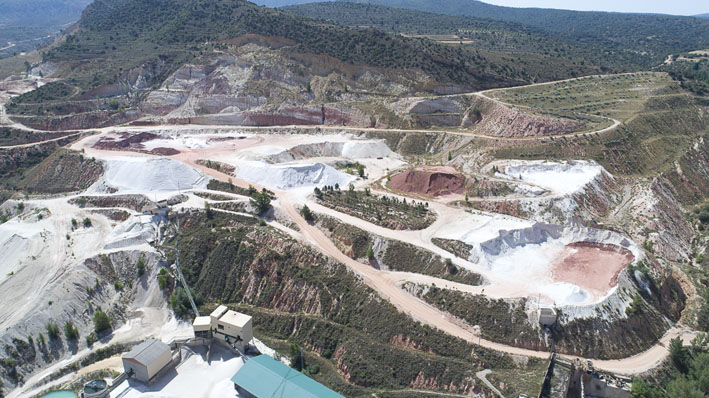
AFTER
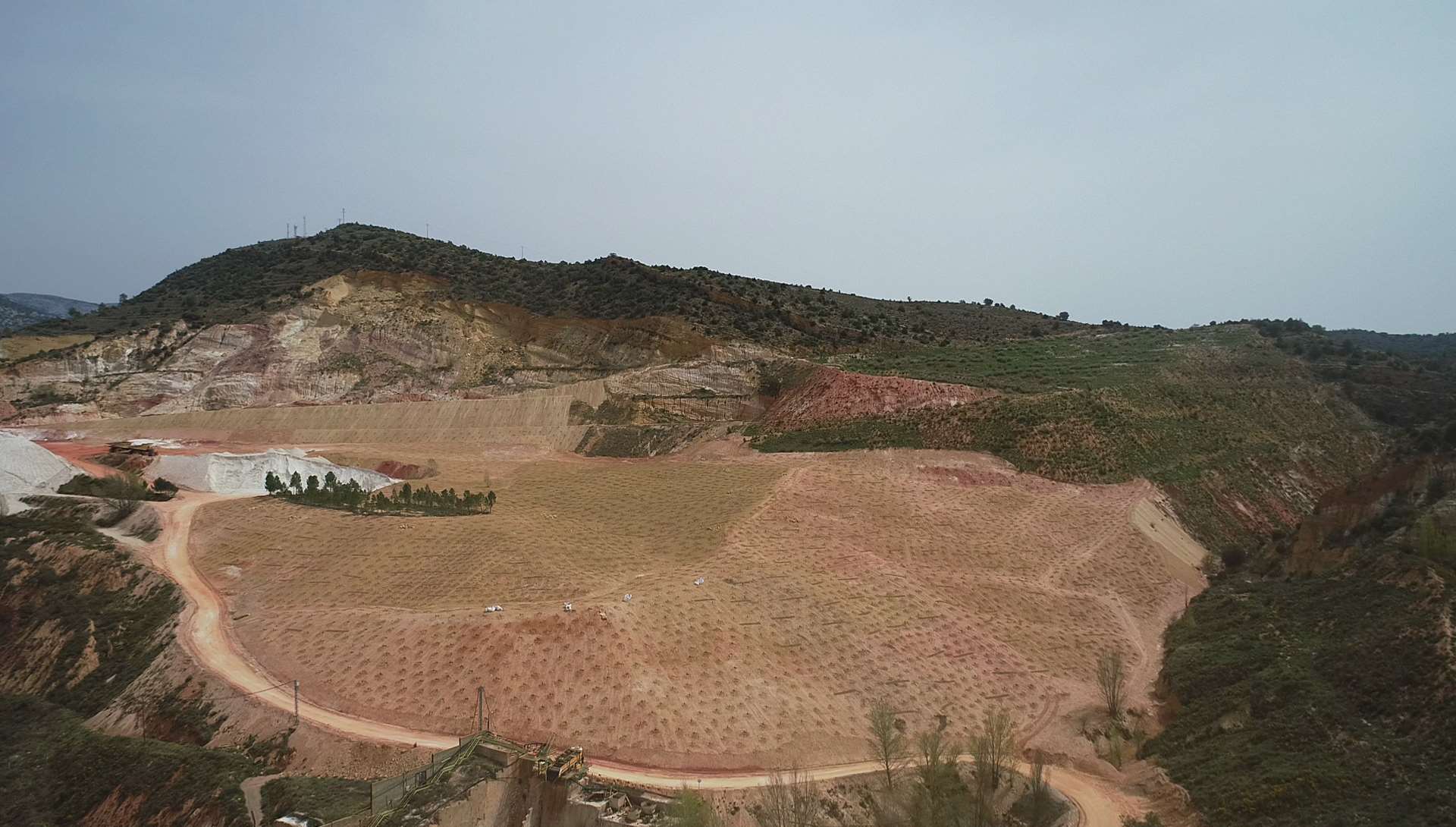
The restoration: step by step

Reconstruction of the topography
The new forms of the land are constructed applying the GeoFluv™ method, which replicates the landscape's landforms and the way in which the water flows over hillslopes, swales and streams.
This method achieves a more stable soil against erosion and a new landform integrated into the landscape.
This technique uses the same machinery as for the exploitation. However, specific training is needed for technical staff and operators.
See video of Antonio's Testimony, Sibelco's machinist.
See video of the interview with the technical staff.
Read the interview with Nicholas Bugosh, GeoFluv™ method creator
Read the article: What is the GeoFluv™ method?
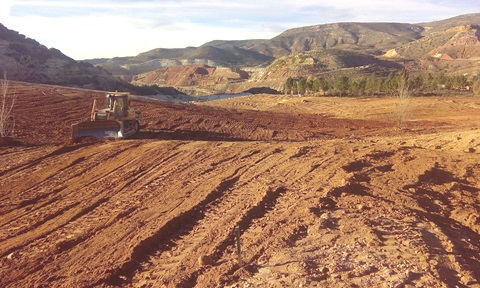
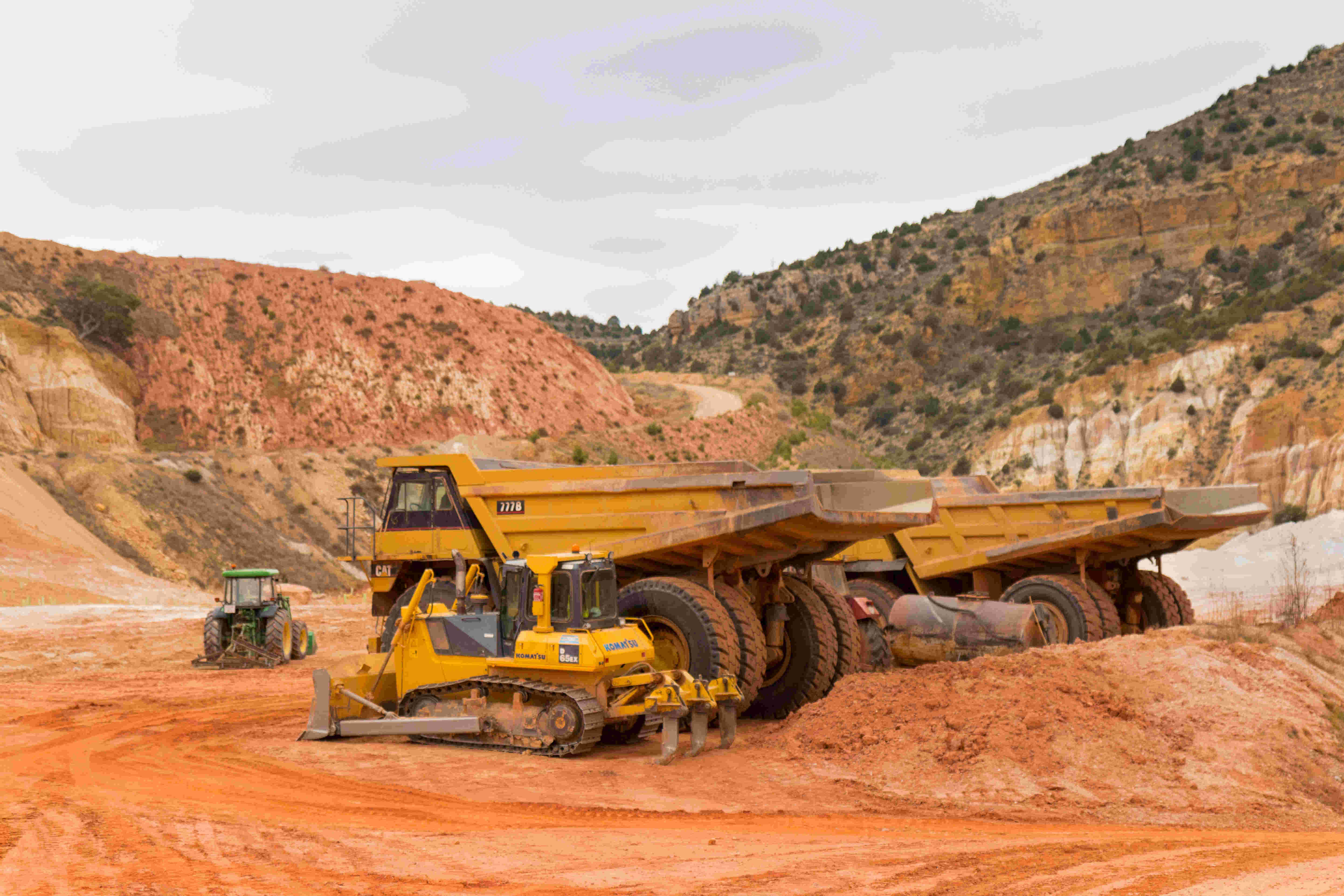
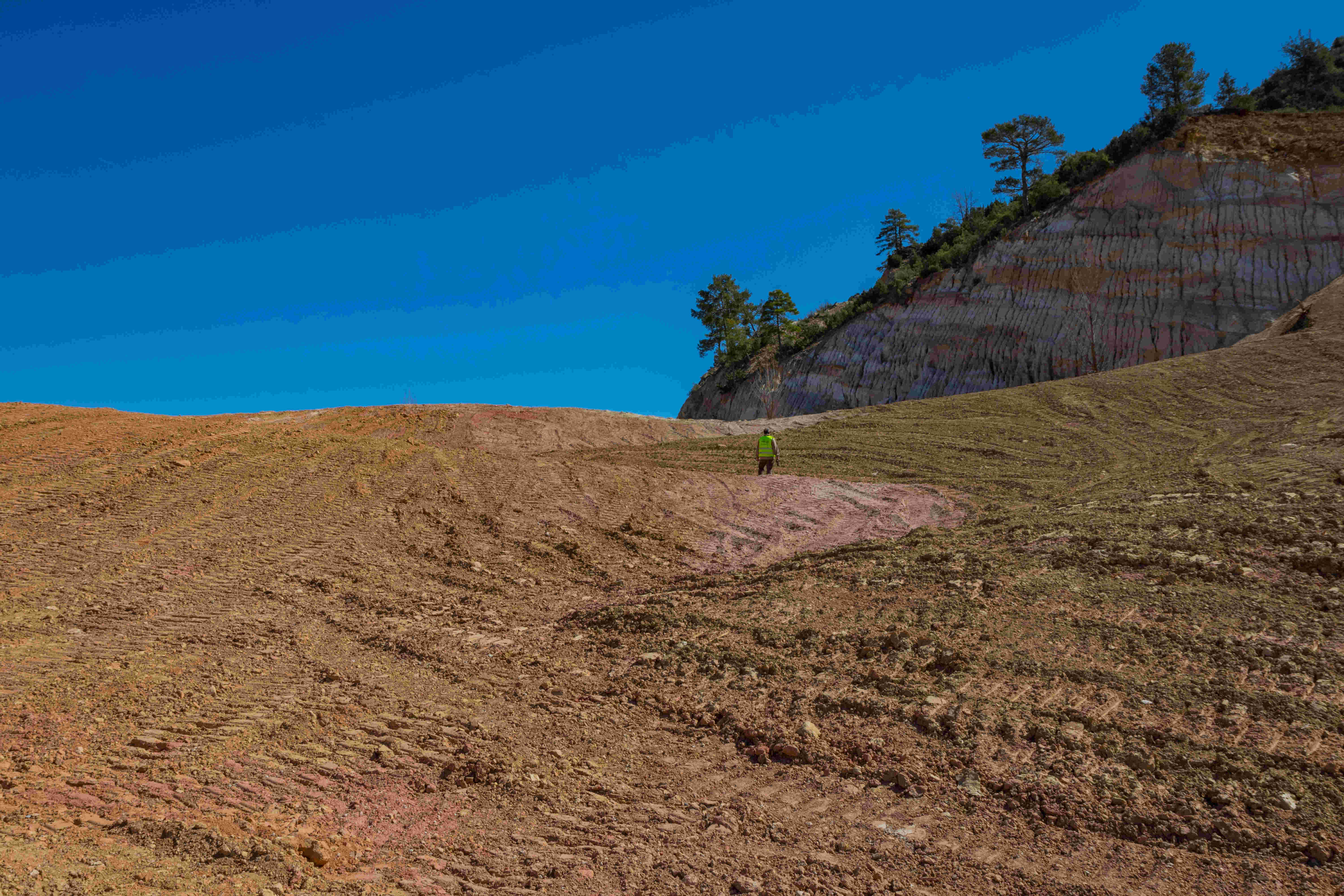
Terrace and slopes topography
The slope is stabilized through bioengineering techniques. Organic blanket is placed to prevent possible erosion on the slope and appropriate species are planted for this area.
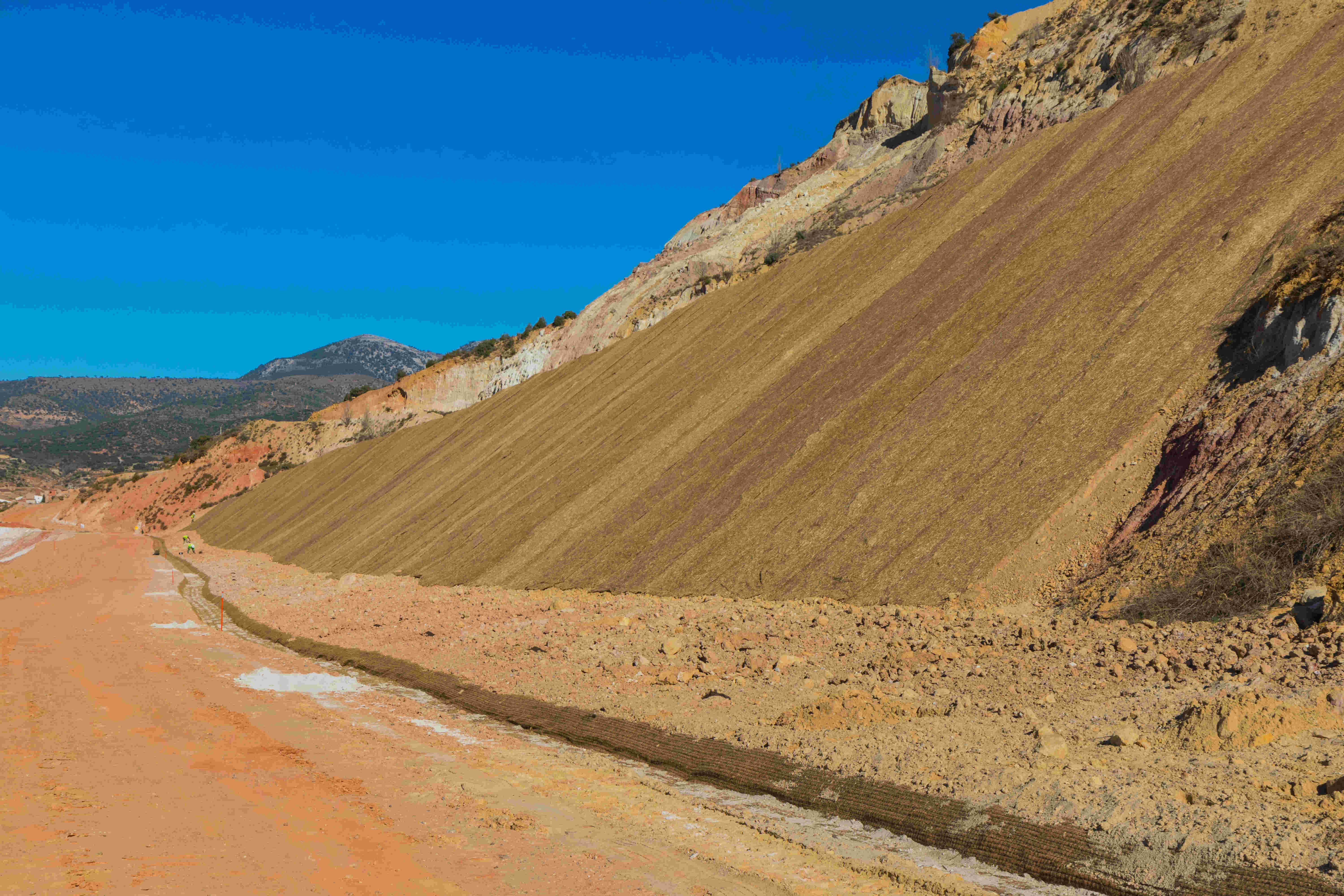
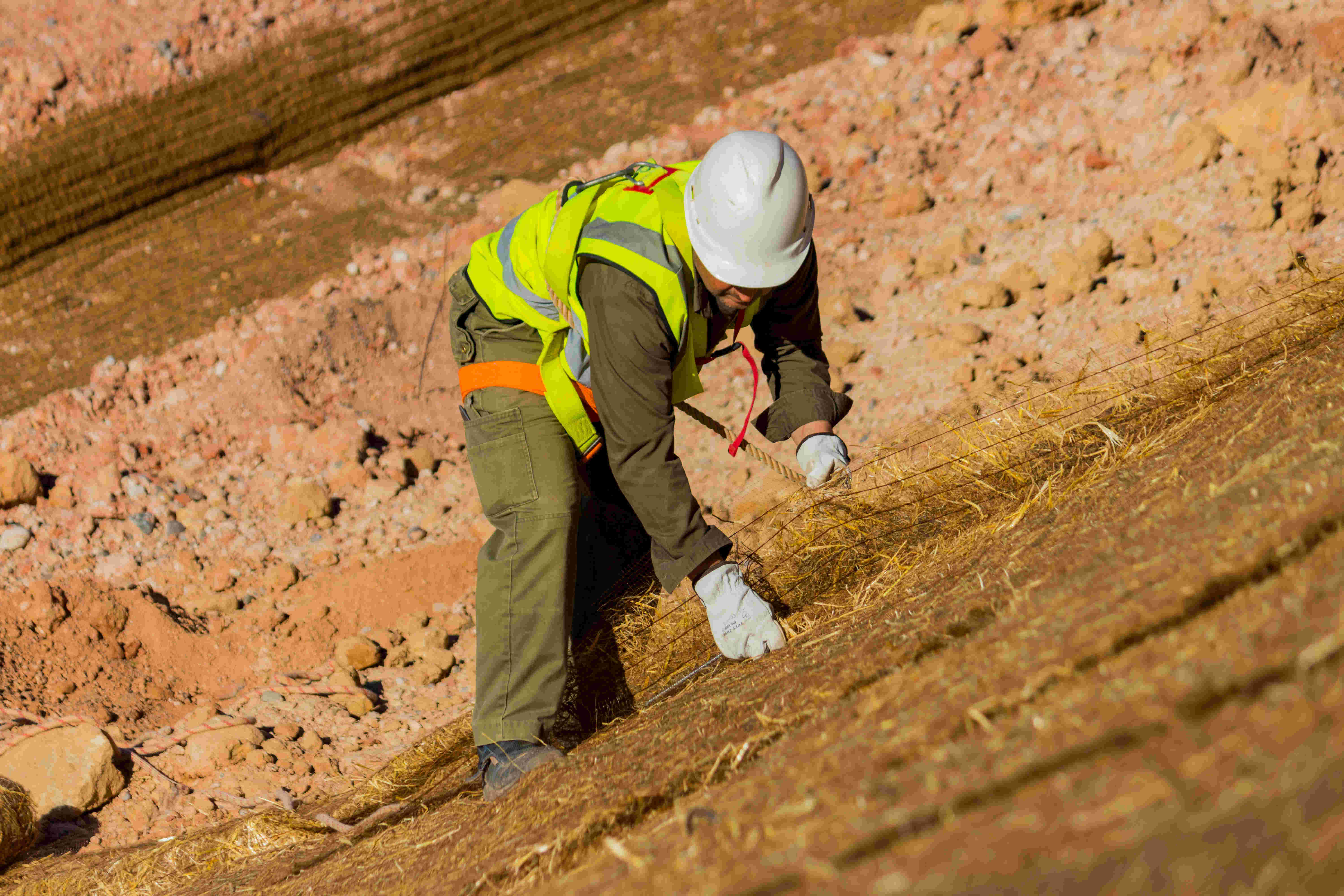
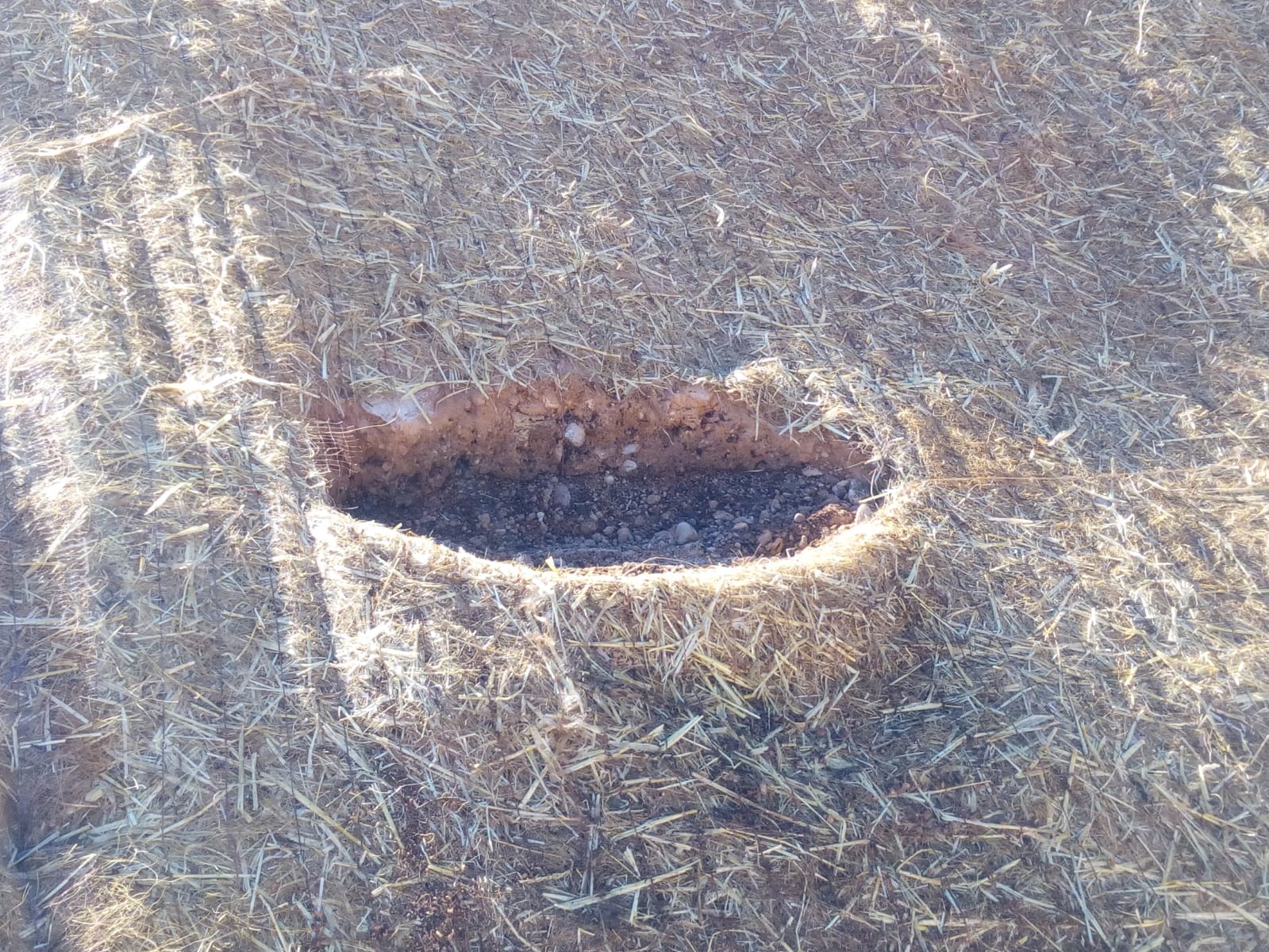
Reconstruction of topsoil
After exploitation, the remaining soil does not have the right composition to house vegetation.
In order to improve the soil, organic matter from composted waste from other activities is added:
- Compost sewage sludge produced by GLOBAL OMNIUM.
- Compost from alpechín, from olive pits (provided by LIFE REGROW)
- Vegetable residues of forestry treatments from nearby mountains (ceded by the Forest Management Service of the Ministry of Agriculture, Environment, Climate Change and Rural Development).
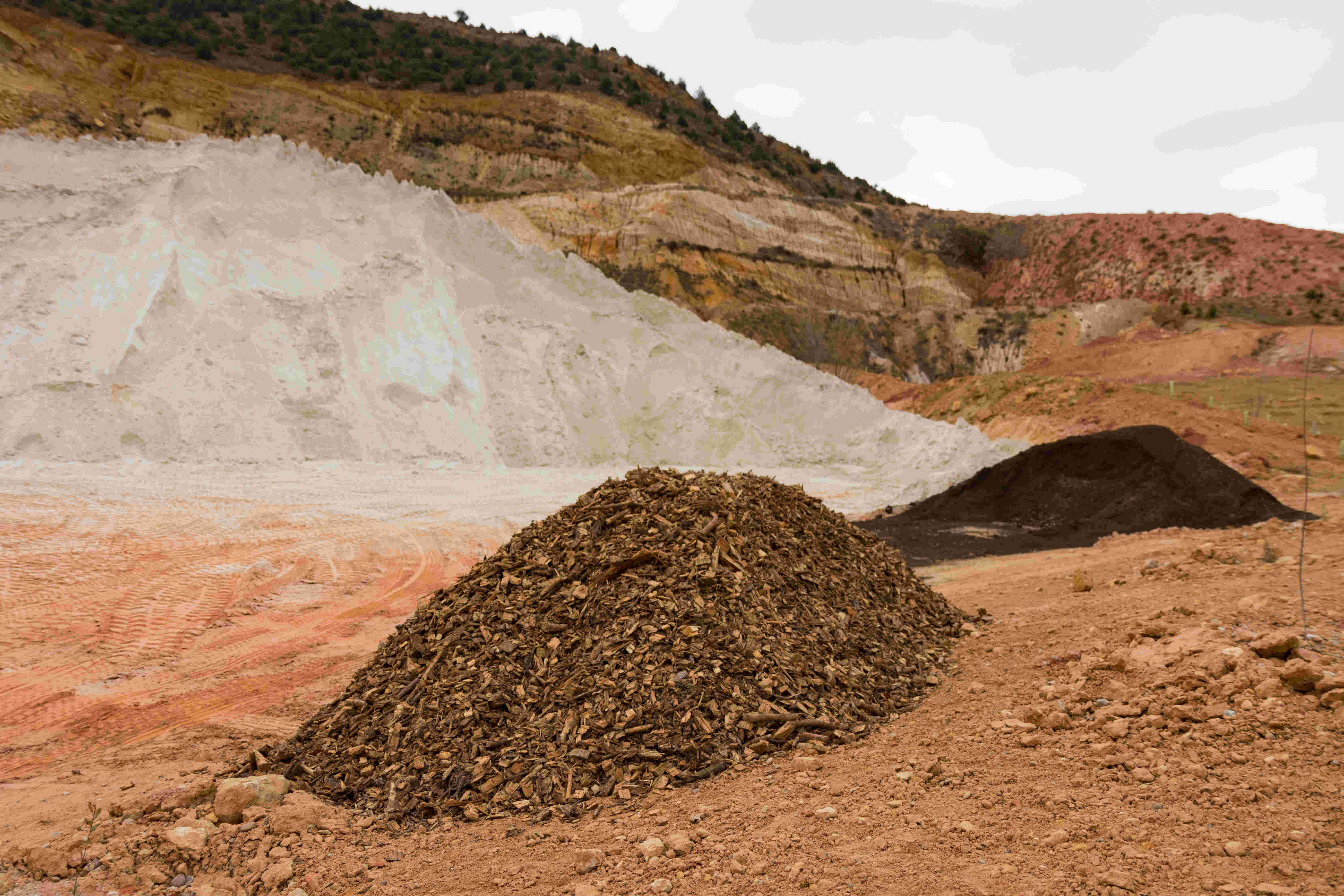
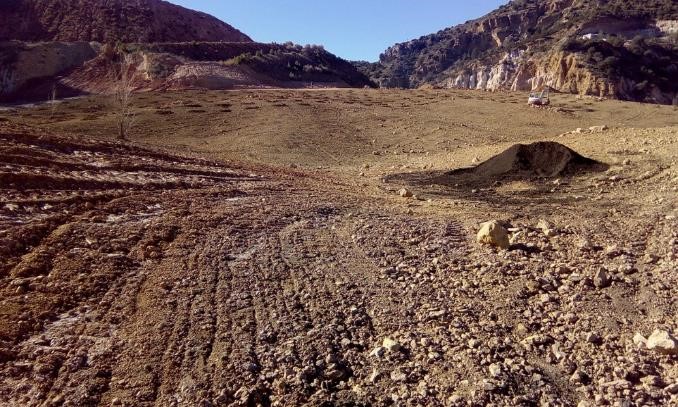
Soil preparation for planting and planted species
After composting, sowing with herbaceous species has been carried out, which will fix the earth, improve the soil quality and prepare it to house larger vegetation in the future.
Subsequently, mechanised drowning has been carried out and micro-catchments have been built manually to increase rainwater capture for plants.
Thirty-one different species have been planted, with appropriate characteristics to adapt to the new environmental conditions.
A total of 8 new habitats have been created. Of which 3 are priority habitats under Annex I of the Habitats Directive.
Finally, chipped forest residues have been distributed in cords to stop the potential erosion of the new morphology of the terrain.
Read the article: Innovative site preparation techniques at LIFE TECMINE
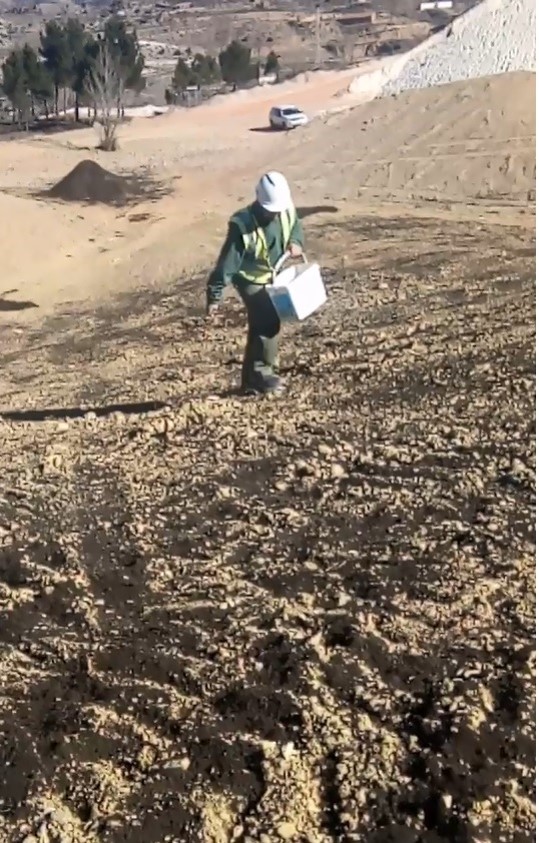
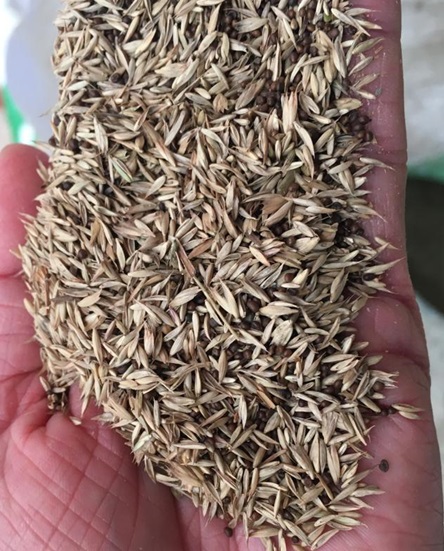
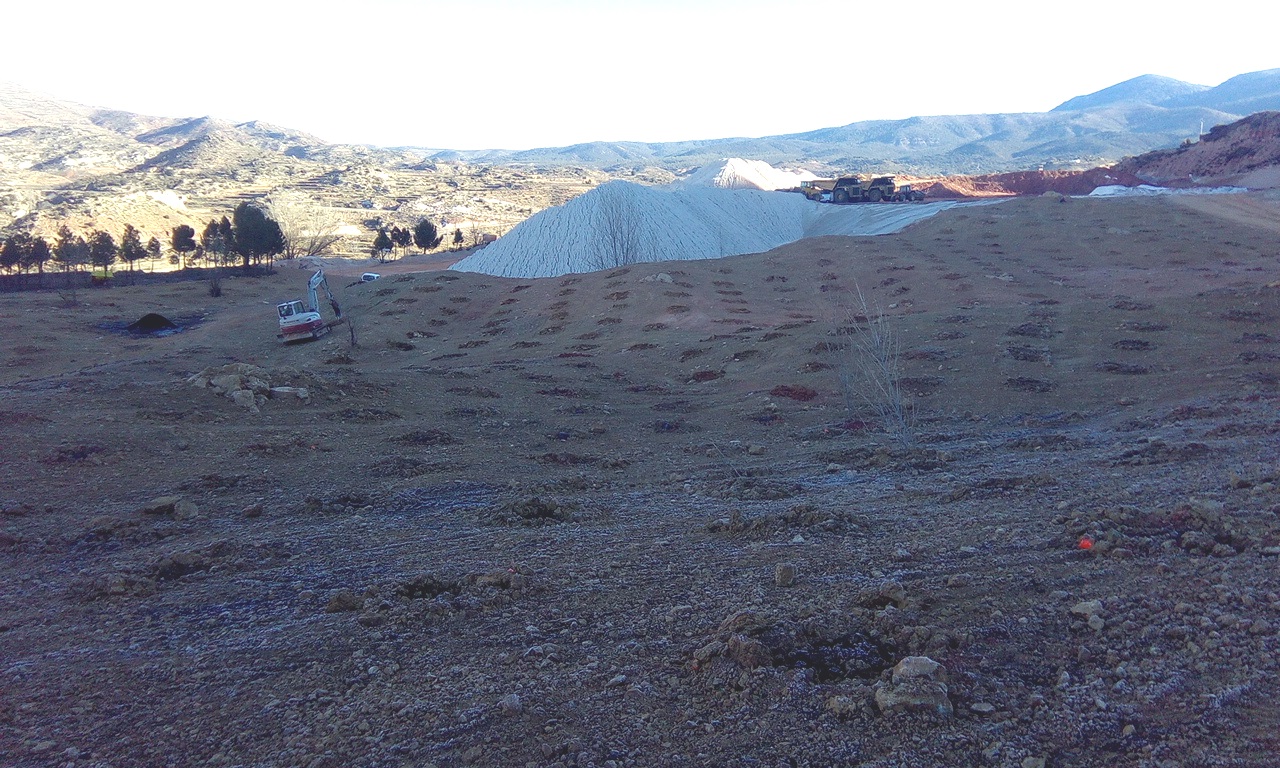
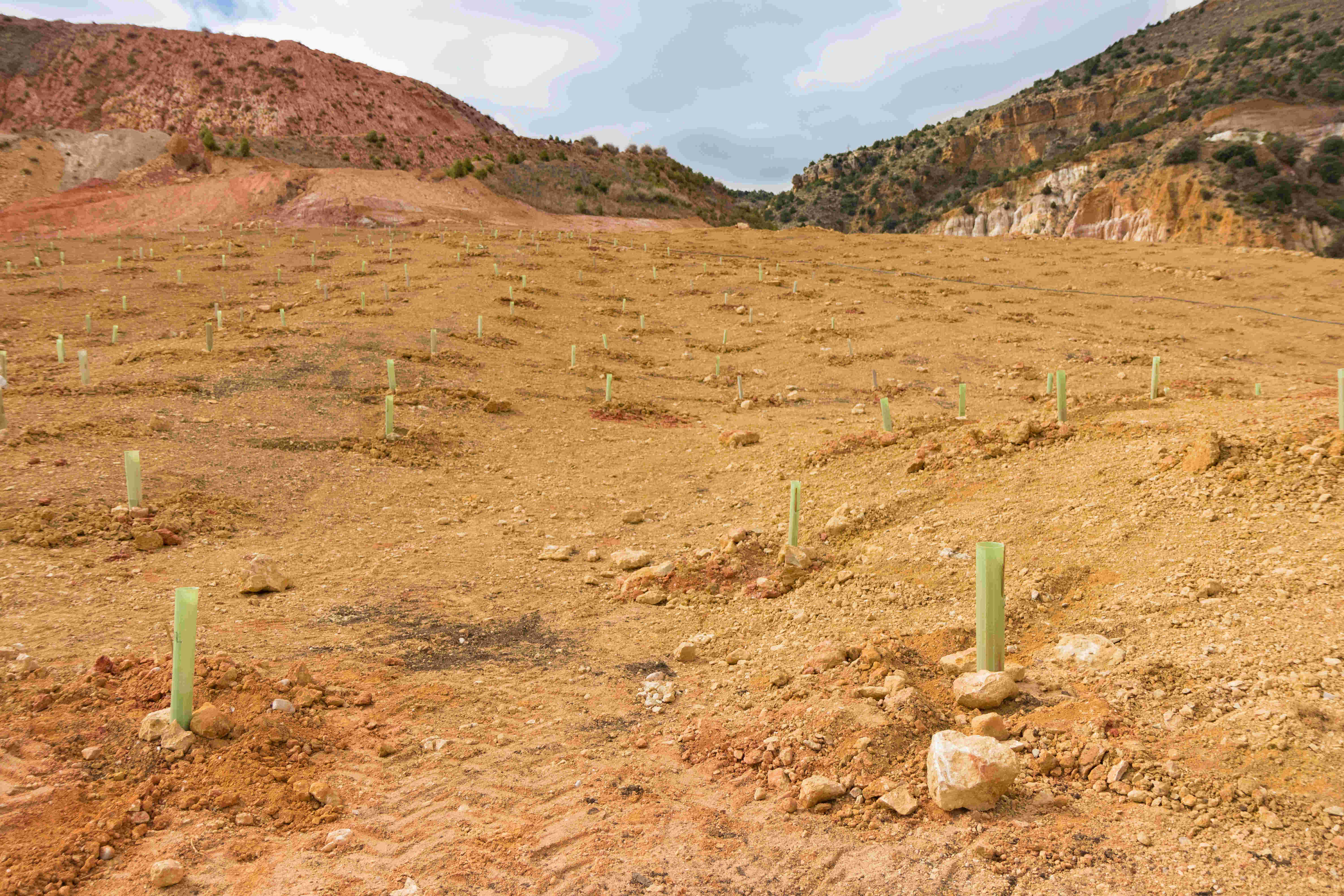
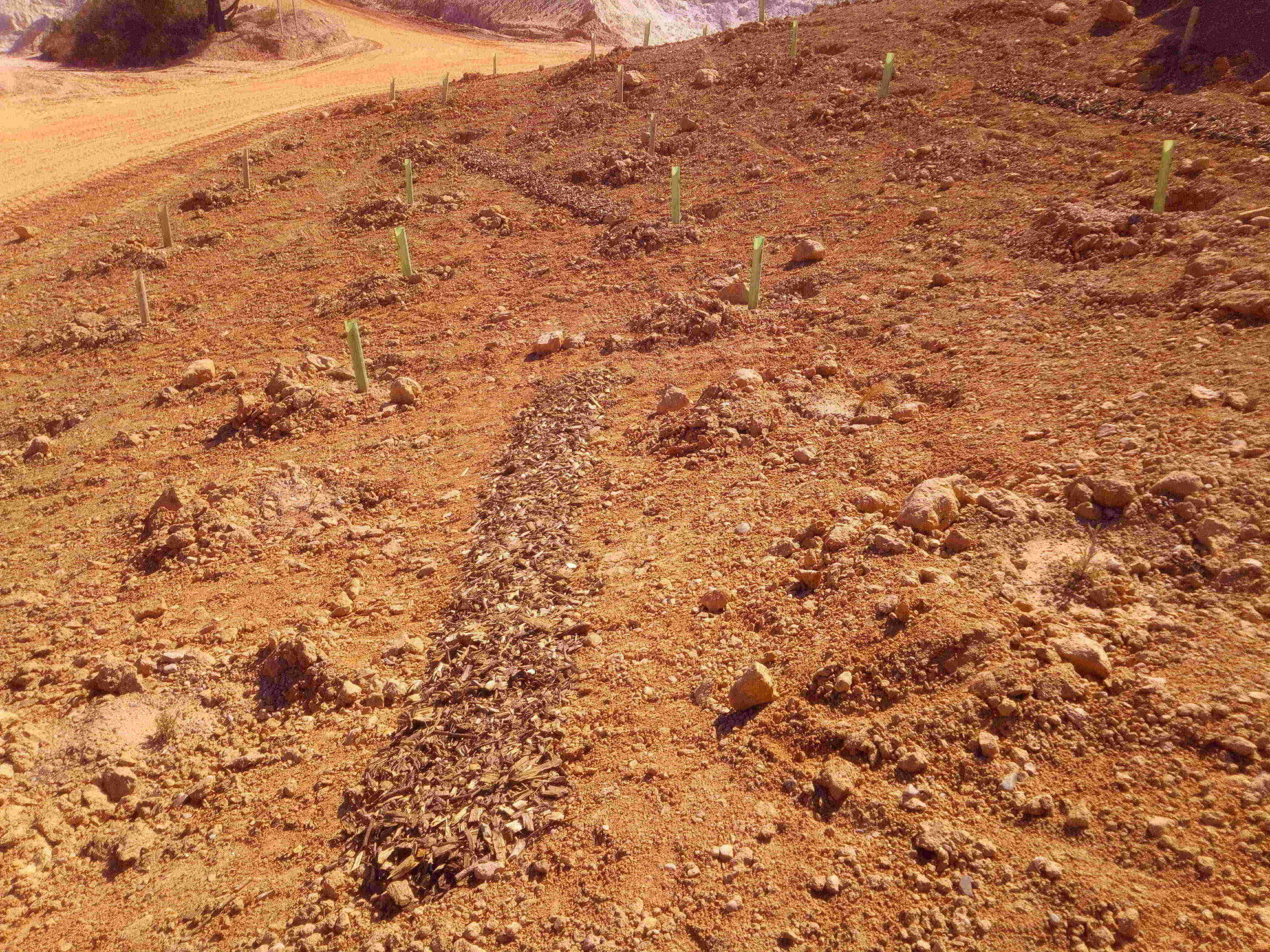
Permanent lagoon
In the Fortuna mine, a lagoon has been created in a natural way. In this area, riverside and aquatic vegetation have been planted.
Since water is a limited resource in Mediterranean ecosystems, this area is a key element for the survival of the fauna and the establishment of vegetation associated with wetlands.
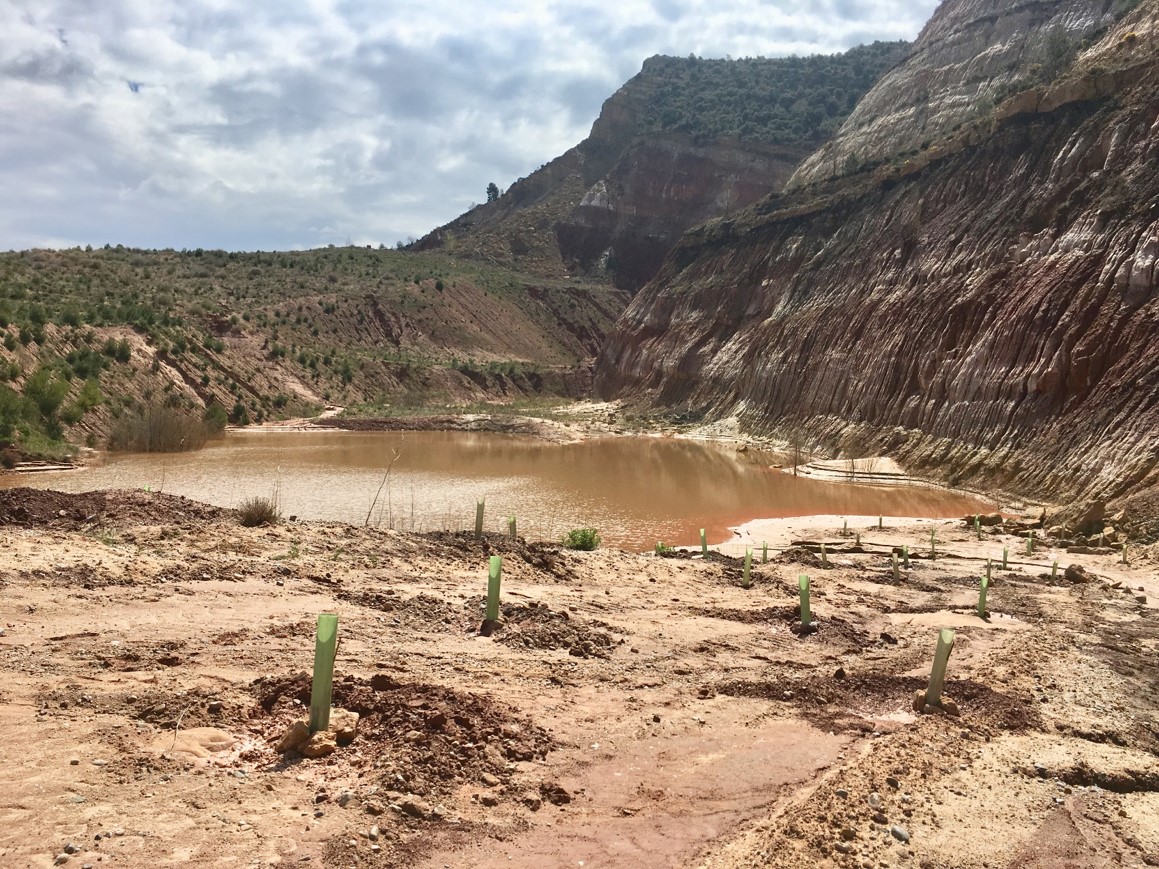
So, now what is the next step?
Once all this work has been done to restore the different areas of the mine, over the next two years we will monitor the evolution of the topography, levels of erosion and sedimentation, plant survival and growth, soil quality, biodiversity, carbon sequestration by vegetation and the establishment of fauna.
Everything is ready for the new ecosystem we have created to function on its own.
Herbaceous plants are already germinating, and fauna is beginning to recolonize the area.
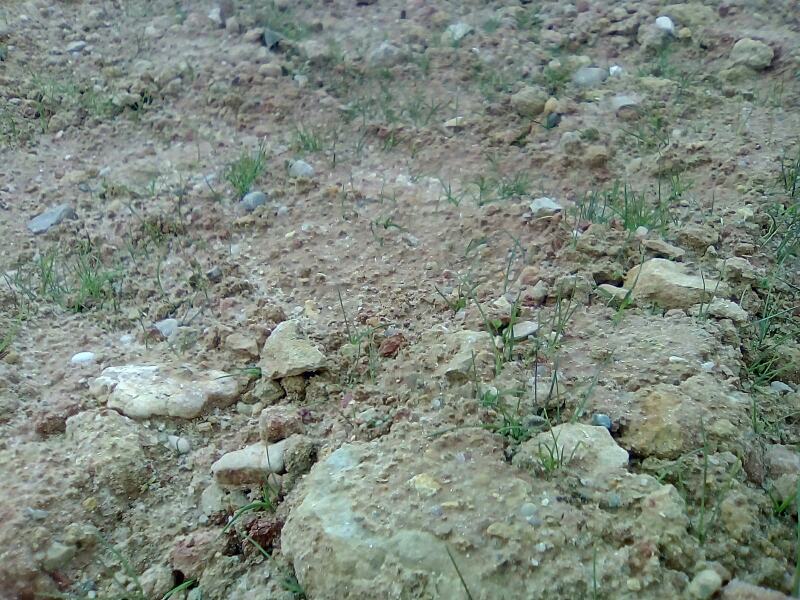
Saxicola torquata
Iberian Green Fog
Red Fox footprint
With the results obtained from the restoration work and monitoring, we will develop technical guides for public and private sector professionals. These guides will collect the recommendations and good practices in ecological restoration techniques that we have put into practice.
We are constructing a didactic itinerary through the mine, accessible to everyone, where you will learn about the project and the restoration actions through the 6 interpretative panels that cover the route.
In addition, we are preparing activities for the local population, workshops for children, technical conferences for professionals, talks for students (future restoration professionals), to disseminate the project, the technical guides and the results obtained.
This new space, not only will host a new ecosystem, it may host new social and recreational uses.
We have created a new space for everyone, only you are missing.
We invite you to be part of the history of LIFE TECMINE.
Disclaimer
Disclaimer
The LIFE TECMINE project and this website's content have been funded with the support of the LIFE Programme of the European Union.
*This publication [communication] reflects the views only of the author/s, and the Commission cannot be held responsible for any use which may be made of the information contained therein.



